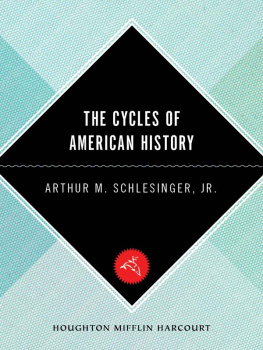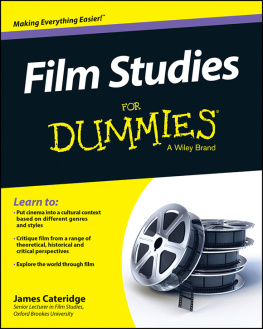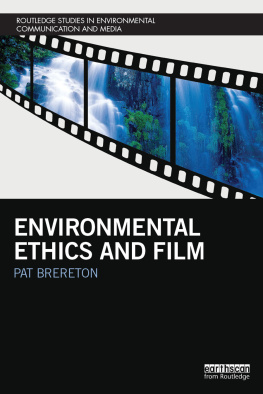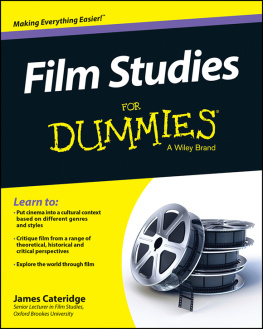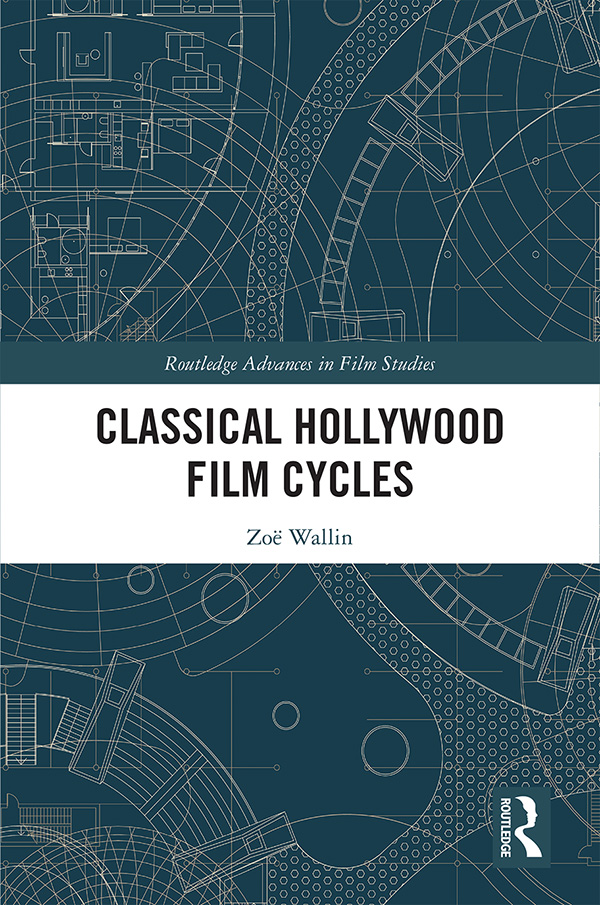
Contents
Classical Hollywood Film Cycles
This book explores the ways in which Hollywood film cycles from the 1930s to the 1960s were shaped by their surrounding industrial contexts and market environments to build an inclusive conception of the form, operation, and function of film cycles.
By foregrounding patterns of distribution, spaces of exhibition, and modes of consumption as key components of the form and mechanics of cycles, this book develops a methodology for defining cycles based on an analysis of the industry and trade discourse. Applying her unique framework to six case studies of different cycles, Zo Wallin blends a wide range of historical sources to analyze the many cultural, social, political, aesthetic, and industrial contexts relevant to these films.
This book makes an important contribution to the literature in the area of film historiography and will be of interest to scholars of film studies, history, and media studies.
Zo Wallin is a Research Associate in the Department of Screen and Media at Flinders University, South Australia.
Routledge Advances in Film Studies
58 Collective Trauma and the Psychology of Secrets in Transnational Film
Deborah Lynn Porter
59 Melodrama, Self and Nation in Post-War British Popular Film
Johanna Laitila
60 Emotion in Animated Films
Edited by Meike Uhrig
61 Post-Production and the Invisible Revolution of Filmmaking
From the Silent Era to Synchronized Sound
George Larkin
62 New Approaches to Cinematic Space
Edited by Filipa Rosrio and Ivn Villarmea lvarez
63 Melancholy in Contemporary Cinema
A Spinozian Analysis of Film Experience
Francesco Sticchi
64 Found Footage Horror Films
A Cognitive Approach
Peter Turner
65 Affect and Embodied Meaning in Animation
Becoming-Animated
Sylvie Bissonnette
66 Classical Hollywood Film Cycles
Zo Wallin
For more information about this series, please visit: https://www.routledge.com
Classical Hollywood
Film Cycles
Zo Wallin

First published 2019
by Routledge
52 Vanderbilt Avenue, New York, NY 10017
and by Routledge
2 Park Square, Milton Park, Abingdon, Oxon OX14 4RN
Routledge is an imprint of the Taylor & Francis Group, an informa business
2019 Taylor & Francis
The right of Zo Wallin to be identified as author of this work has been asserted by her in accordance with sections 77 and 78 of the Copyright, Designs and Patents Act 1988.
All rights reserved. No part of this book may be reprinted or reproduced or utilised in any form or by any electronic, mechanical, or other means, now known or hereafter invented, including photocopying and recording, or in any information storage or retrieval system, without permission in writing from the publishers.
Trademark notice: Product or corporate names may be trademarks or registered trademarks, and are used only for identification and explanation without intent to infringe.
Library of Congress Cataloging-in-Publication Data
CIP data has been applied for.
ISBN: 978-0-367-19953-1 (hbk)
ISBN: 978-0-429-24433-9 (ebk)
Typeset in Sabon
by codeMantra
I am indebted to my PhD supervisors, Richard Maltby and Ruth Vasey, for their thoughtful input, constant encouragement, and ongoing guidance throughout the process of writing and publishing this work. Peter Stanfield and Eric Hoyt also made invaluable comments in examining the thesis from which this book is derived. I am also grateful to my postgraduate cohort and colleagues at Flinders University, and particularly to Nick Godfrey for his advice in the final stages of this project. I would also like to thank my family for their continued support.
In a questionnaire conducted by Film Daily in 1932, 95% of the several hundred participants listed cycles as their biggest industry pet peeve.
Film cycles are groups of similar films that are produced, circulated, and consumed in a concentrated time period. As a result of this identifiable life span, cycles hold a traceable outline of initiation, increase, and decline. In recent years, the film cycle has emerged as a significant tool for film historians. The grouping of films according to the framework of the cycle has developed as a means to examine films within their original historical context and consider their interconnections with those produced, circulated, and consumed immediately alongside them. Current analytical conceptions of cycles and their operations remain relatively narrow, however, being centered on certain film types and largely concerned with questions of production in a post-Classical Hollywood context. A more thorough examination of the various forms that cycles assume across different industrial contexts can extend our understanding of cycles and their functions. They have a commercial basis as similar films are produced to capitalize on other companies successful features, and cycles limited life span foregrounds their foundation in a particular historical moment. This grounding in time, manifest both in the increased production of similar films and their circulation through theaters, also highlights the inherently reactive nature of cycles operations as the two processes of supply and demand feed into one another. The life of the cycle remains largely dependent on its economic performance and ability to remain attractive to audiences or to carry out its designated industrial function.
Following this focus, this book argues that cycles are not simply about increases in production of a particular film type but are formed through the distribution and release of films in close proximity. Across the course of these chapters, it emerges that the distribution practices employed for different cycles determine their particular forms. My examination of the circulation of cycles uncovers the significance of considering their flow, in terms of both their longevity and general life span, and the velocity of cycles and the rate of their release. This emphasizes the importance of the role of internal and external market forces to the study of cycles as well as factors such as the speed of product absorbency and saturation. This book contends that viewing Classical Hollywood cycles from this industrial perspective, as concentrations of commodity output, enables the cycle framework to be employed as a significant critical tool in examining the economic operations of the film industry. I demonstrate that distribution is a significant factor contributing to the operation of cycles and, more generally, to a conception of films as products circulated through a historical marketplace. Cycles tell us about more than just the production policies surrounding their origins; tracing cycles across their life spans and through the cascading distribution chain to audiences illustrates the multiple functions that they could perform for various sectors of the industry. This serves to broaden our understanding of cycles and their operations and, concomitantly, of the particular distribution frameworks developed under the Hollywood studio system.
Next page



